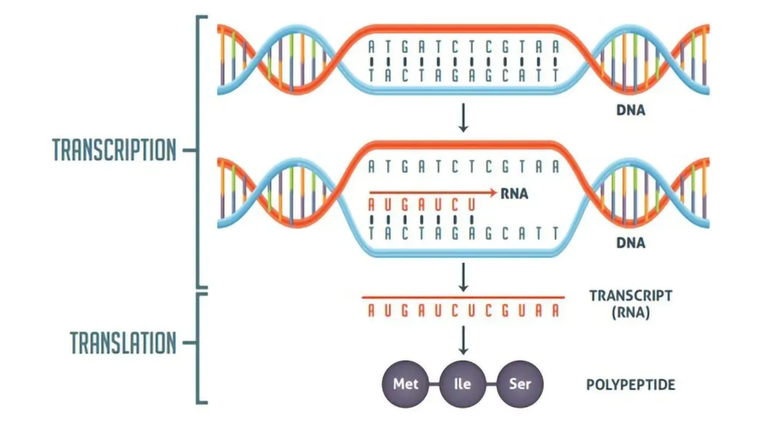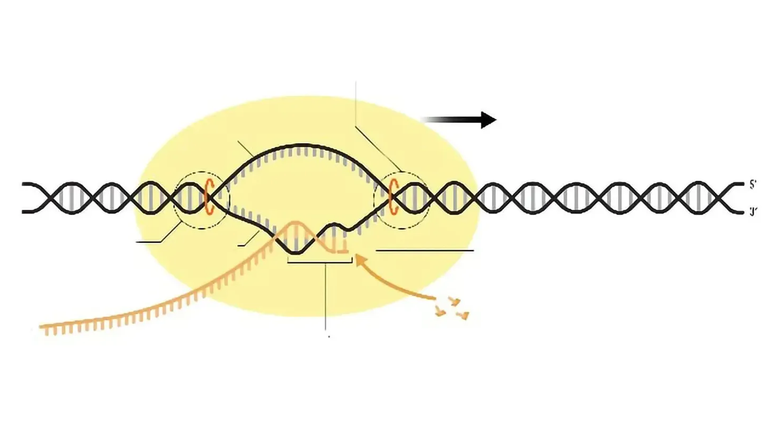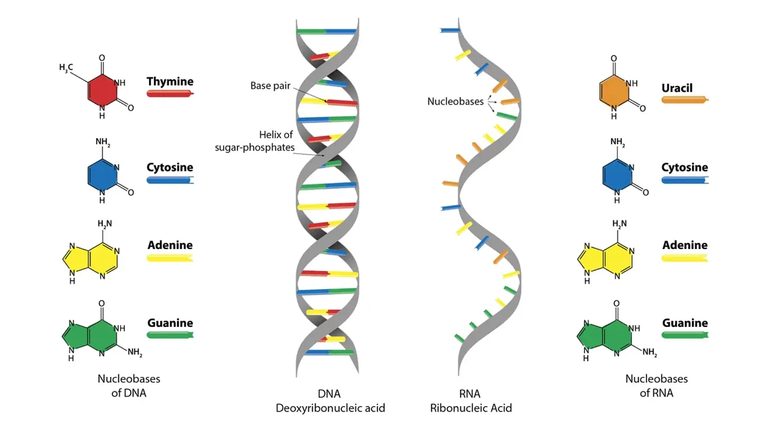Men In Black provides exclusive insights into a covert battle against what they term "Globalist cockroaches" and their allies in Big Pharma. Their content promises revelations supported by expert research, including information on concealed findings related to viral gain of function research and early outpatient treatment options. They also delve into controversial topics such as the potential consequences of Hydroxy-Chloroquine usage and highlight innovative technologies.
Synopsis
Dr. Ralph Baric's groundbreaking paper holds immense significance due to his expertise in RNA viruses, exemplified by his membership in the National Academy of Science and 40 years of experience in the field.
Utilizing Zinc and Pyrithione, a Persian Shallot plant extract, Baric successfully inhibited RNA viral RdRP replicase, offering a potential breakthrough in combating deadly RNA viral pathogens like Polio.
Moreover, the discovery of other Zinc Ionophores such as HCQ, EGCG, and Quercetin since 2010 underscores the significance of increasing Zinc concentrations temporarily within the cells during the early days of a viral infection.
This research lays the groundwork for exploring the combination of Zinc and Zinc Ionophores, as demonstrated by Baric's seminal work, thereby providing credibility to early treatment protocols developed during the SARS-2 pandemic and preparing for future pandemics.

Treatment
In 2010, Ralph Baric, and a team of researchers working out of the Netherlands, undertook research into utilizing Zinc + Ionophores to inhibit the replication of several RNA viruses, to include the SARS-1 virus, to which SARS-2, is closely related in that it targets our ACE2 Receptor as it’s preferred RBD (Receptor Binding Domain).

First, let’s dive into a brief explanation to the role of RNA Polymerase, as well as Viral RNA dependent RNA Polymerase (RdRP, or Replicase are other common names for it. In short, RNA Polymerase is the “factory” from which every protein in the human body is synthesized. Everything that makes up our bodies, was manufactured through our cellular RNA Polymerase. There’s a much more detailed explanation to be found here for those who wish to delve deeper (but I prefer to think of as an essential part of your protein “factory” for symplicity’s sake):
“RNA polymerase is a multi-unit enzyme that synthesizes RNA molecules from a template of DNA through a process called transcription.The transcription of genetic information into RNA is the first step in gene expression that precedes translation, the process of decoding RNA into proteins. The RNA molecules produced by RNA polymerase fulfill a variety of roles in the cell."
RNA Polymerase: Function and Definition

Also, with regard to mRNA vaccines, such as Pfizer and Moderna, they actually utilize our own bodies RNA Polymerase, to manufacture the viral “Spike” protein. Ponder that for a moment. Our bodies, for the very first time in evolution, are being instructed to manufacture a viral protein. A protein that then embeds itself into the cellular membrane to be “expressed” to our immune system to trigger an immune response.
When our body’s RNA Polymerase works to manufacture “natural” proteins, what kinds of unknown molecular “signals” are also created to tell the immune system to “leave us alone, we’re part of the body”? Thus, it begs the question whether these same signals being “sent” with regard to the artificial viral “Spike” protein, signaling to our immune systems that it is now a natural part of our body’s physiology? Given the recent concern over IgG4 immune tolerance (to be discussed in a future article) potentially diminishing our immune response to the SARS-2 virus, it’s something worth dwelling upon, in my opinion.
Again, to reiterate, the mRNA vaccines make our own RNA Polymerase create a Viral protein for the first time in human revolution. That has to have some unforeseen consequences that we may not have contemplated,
Or were they?
But how do RNA viruses actually replicate themselves “normally” within our bodies? When an RNA virus binds to a receptor contained within our cellular membrane, it injects its own viral protein “factory” (RdRP) into the cell. The amino acids within our cells then provide the resources required by that RdRP for replicating additional copies of the viral genome. The interesting fact that Baric discusses in his paper is that ALL RNA VIRUSES ARE “UNIFIED” by their use of RdRP. EVERY STINKING ONE OF THEM!!! Influenza, H5N1 Avian, SARS1 & 2, MERS, Zika, Dengue, Ebola, Measles, Mumps, Rubella. The list goes on. Every one of those RNA Viruses utilize RdRP to replicate themselves. And based upon all the research I’ve found, it DOES NOT MUTATE, being strongly “conserved”, unlike viral Receptor Binding Domains, which mutate constantly, ever seeking new ways to find their way into cells.
Make sure you read the above again.. It’s THAT IMPORTANT, and will gain even more increasing significance in future articles to come.
With that brief explanation on the difference between human RNA Polymerase, and Viral RdRp, let’s get into it Ralph Baric’s 2010 research in which he claimed that increasing intracellular Zinc levels by use of a Zinc Ionophore would inhibit the replication of RNA dependent RNA Polymerase. Not just the SARS-1 Virus, or Influenza, or Polio viruses, but ALL RNA viruses:
Allow me to quote his Author’s Summary” to provide the evidence that his research applies to ALL RNA viruses:
“Positive-stranded RNA (+RNA) viruses include many important pathogens. They have evolved a variety of replication strategies, but are unified in the fact that an RNA-dependent RNA polymerase (RdRp) functions as the core enzyme of their RNA-synthesizing machinery. The RdRp is commonly embedded in a membrane-associated replication complex that is assembled from viral RNA, and viral and host proteins. Given their crucial function in the viral replicative cycle, RdRps are key targets for antiviral research. Increased intracellular Zn2+ concentrations are known to efficiently impair replication of a number of RNA viruses, e.g. by interfering with correct proteolytic processing of viral polyproteins.
In essence, as confirmed above, what Baric and his team discovered in 2010 is that by increasing the concentration of Zinc, by use of an Zinc Ionophore, in this case Pyrithione, he could INHIBIT/BLOCK that RdRP function. And if it inhibits that RdRP in one RNA virus, the implicit logic is it has the VERY SAME EFFECT on every other RNA virus. And after applying a chelating agent to remove the Zinc from the cell, they could cause that viral RdRP enzyme to resume function in the same manner as we might turn a light switch on and off.
Pretty amazing discovery, was it not?
Let's return to Baric's paper, particularly the abstract, which essentially serves as the executive summary of the research. In it, he states:
"Increasing the intracellular Zn2+ concentration with zinc-ionophores like pyrithione (PT) can efficiently impair the replication of a variety of RNA viruses, including poliovirus and influenza virus. For some viruses, this effect has been attributed to interference with viral polyprotein processing. In this study, we demonstrate that the combination of Zn2+ and PT at low concentrations (2 µM Zn2+ and 2 µM PT) inhibits the replication of SARS-coronavirus (SARS-CoV) and equine arteritis virus (EAV) in cell culture."
Even more curious, as an ionophore, Baric used a substance known as Pyrithione (PT) to provide this transport mechanism for that increase in intracelluar (inside the cell) Zinc. I later discovered that Pyrithione, is found naturally in Persian Shallots (yes, a variety of those diminutive onions). Given the difficulty of cultivating such shallots (they require special growing environments), the molecule has synthetically created and is now widely used in various products, in particular anti-dandruff shampoos, and anti-fungal products. It is also sometimes known as “Zinc Pyrithione”.
“Pyrithione is the common name of an organosulfur compound with molecular formula C5H5NOS, chosen as an abbreviation of pyridinethione, and found in the Persian shallot.”
Pyrithione is a NATURAL PLANT EXTRACT. Therefore, Baric was able to use ALL-NATURAL INGREDIENTS to inhibit RNA viral replication!!
Perhaps you are starting to grasp why Baric’s paper is so critically significant? Recall, Dr. Ralph Baric is one of THE TOP EXPERTS on RNA Viruses. He is now a member of the National Academy of Science. With 40 years of experience working in all aspects of RNA viruses and what makes them function, he used Zinc and an extract from the Persian Shallot plant to inhibit RNA viral RdRP replicase!!!
Just imagine, Zinc and all-natural Persian Shallot Extract (admittedly not a common item found on grocery store shelves) can BLOCK some of the deadliest RNA viral pathogens known to humanity, with Polio being particularly relevant to our children.
But as we’ve discovered since 2010, there are other Zinc Ionophores, such as HCQ, EGCG, and Quercetin, that ALSO act as Zinc Ionophores, for the purpose of increasing Zinc concentrations, temporarily, within our cells.
In the next article, I intend to delve into the combination of Zinc and Zinc Ionophores, based upon Baric’s seminal research in 2010, which provides credibility to the early treatment protocols it spurred during the SARS-2 pandemic, as well as likely future p(l)andemics to come.
"We've arranged a society on science and technology in which nobody understands anything about science and technology, and this combustible mixture of ignorance and power sooner or later is going to blow up in our faces, I mean, who is running the science and technology in a democracy if the people don't know anything about it?” - Carl Sagan
Previously on Men In Black
Beneficial effects of HCQ and Zinc against COVID-19
The article saying Zinc is effective against coronavirus is written by Ralph Baric in 2010.
Baric's Zinc Revelation: Part 1
Baric's Zinc Revelation: Part 2
Baric's Remdisivir Revelation: Part 3
Baric's "Zelenko" Protocol: Pt 4
HCQ and Zinc's Secrets | Baric Files Pt. 5
Epilogue(?): The Baric Files.

Can't wait for your introduction post
Don't forget to follow members if you want your content to be visible
Congratulations @dabullidentity! You have completed the following achievement on the Hive blockchain And have been rewarded with New badge(s)
Your next target is to reach 50 upvotes.
You can view your badges on your board and compare yourself to others in the Ranking
If you no longer want to receive notifications, reply to this comment with the word
STOP